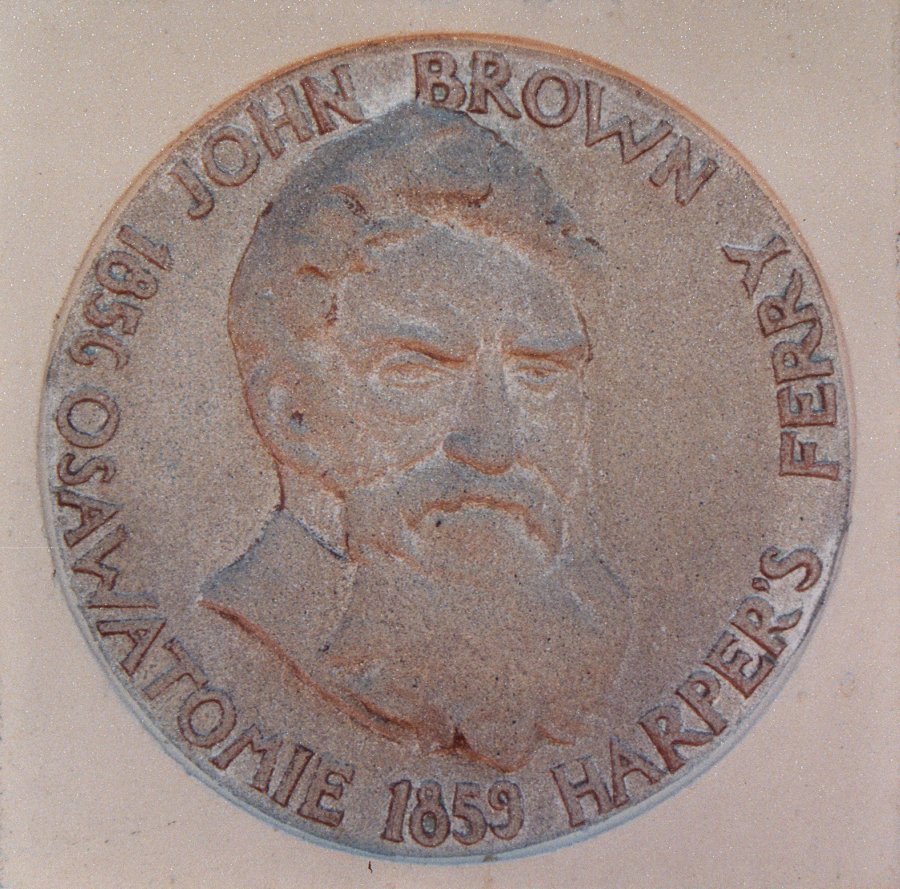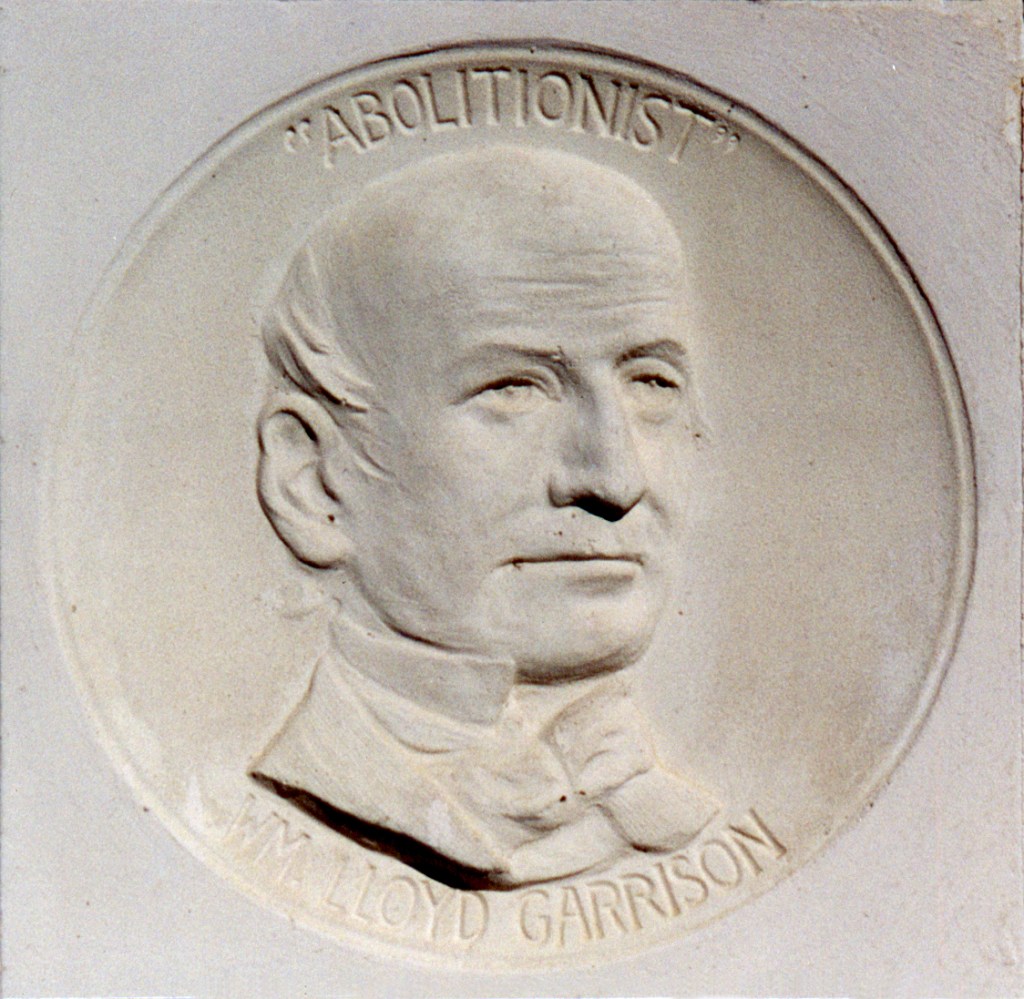Juneteenth National Independence Day celebrates the anniversary of the order announcing the 1865 end of slavery in Texas. Union Army Major General Gordon Granger delivered the order confirming to Texans the outcome of the Civil War and reinforcing President Lincoln’s 1863 Emancipation Proclamation: “All slaves are free.”

Since 1927, Santa Barbara has had public acknowledgements of some important figures in that struggle. That was the year that East Coast philanthropist Alden Freeman finished his remodel of the Franceschi House, transforming it from a simple clapboard home to a Mediterranean villa in honor of Franceschi’s lineage. On the new stucco-clad exterior, Freeman mounted 85 medallions recognizing people, places, and events he felt were important. Among them are abolitionists John Brown and William Lloyd Garrison.

Brown, born in 1800, was fervently anti-slavery due to his religious upbringing. He had discussed plans for freeing slaves as early as 1847. In 1856 Brown and four of his sons killed a number of Osawatomie pro-slavery residents in an effort to keep Kansas a slave-free state. In 1859 Brown and 21 others — including five Black men — occupied the government armory at Harpers Ferry, West Virginia. Over a two-day siege, half of the men were killed, some escaped, and the rest were captured, including Brown, who was convicted of murder and treason, hanged in Charlestown, and became a martyr for the anti-slavery movement.

Garrison (1805–1879) was the most prominent anti-slavery publisher of the time. His influential weekly newspaper, The Liberator, doubted the morality of Brown’s violence, but defended the action. The Liberator was first published in 1831 and largely supported by Black subscribers in its early years. It became the most widely circulated anti-slavery newspaper throughout the Civil War period. Garrison’s opposition to slavery was based on religion, rather than politics, a distinction that prompted Black orator and former slave Frederick Douglass to start his own anti-slavery newspaper, The North Star, in 1847.

In addition to the medallions of Brown and Garrison on the exterior of Franceschi House, Freeman also commissioned a herm with the image of Frederick Douglass, which was long stowed in the basement of Franceschi house, but has been moved to more secure storage.

 on Google
on Google 





You must be logged in to post a comment.